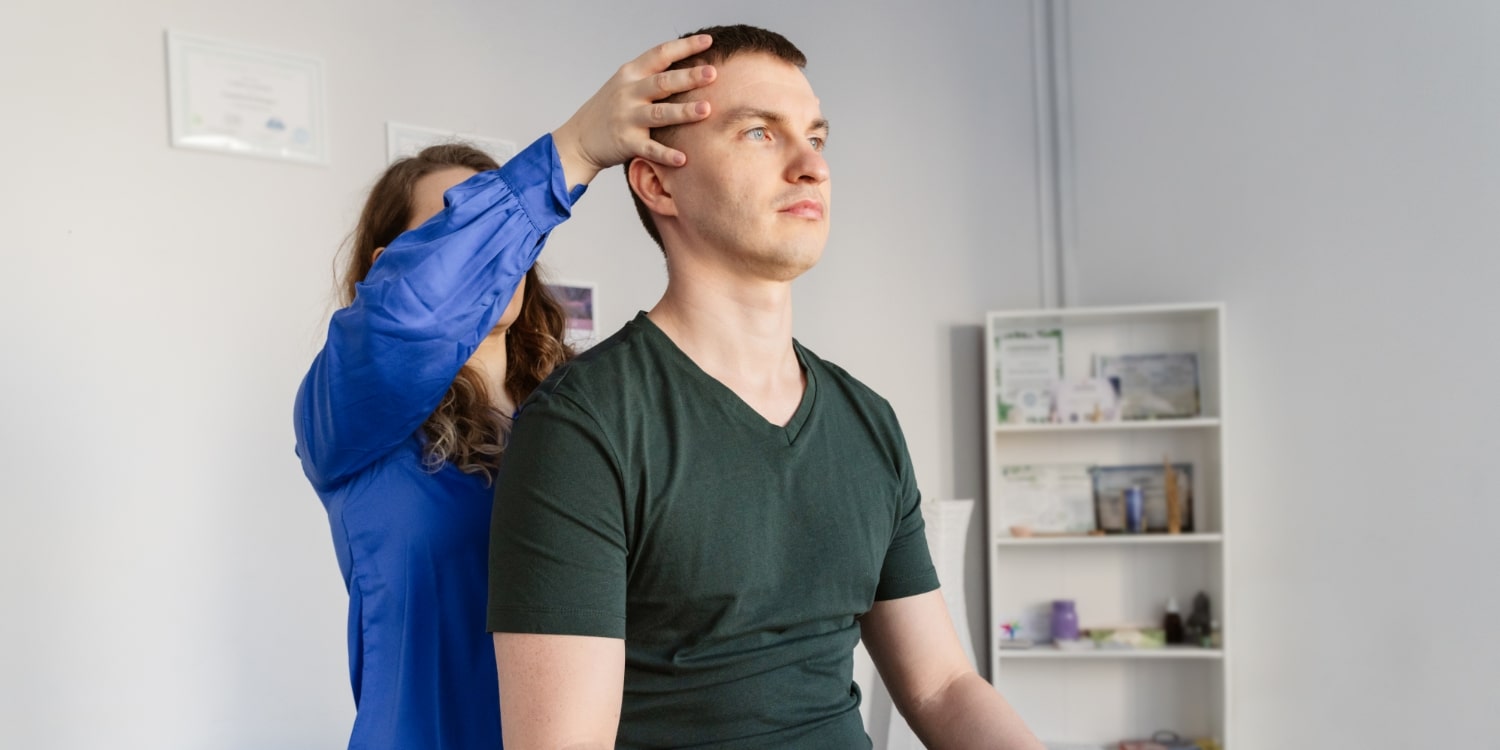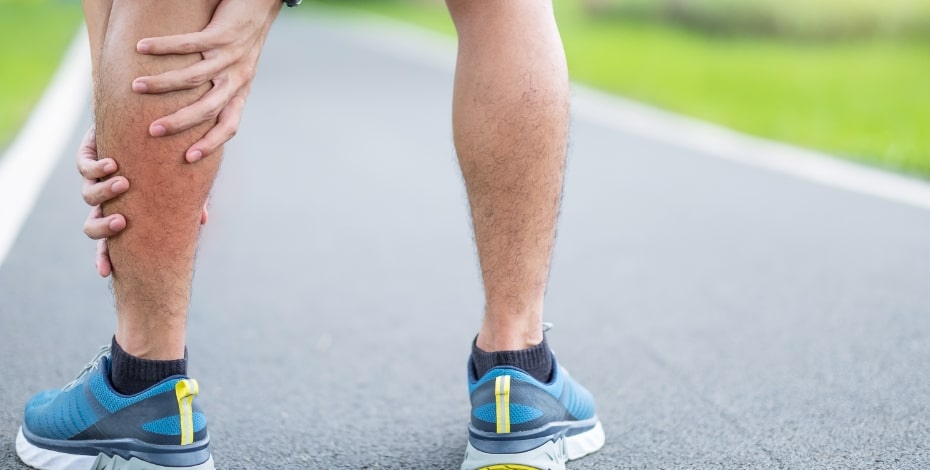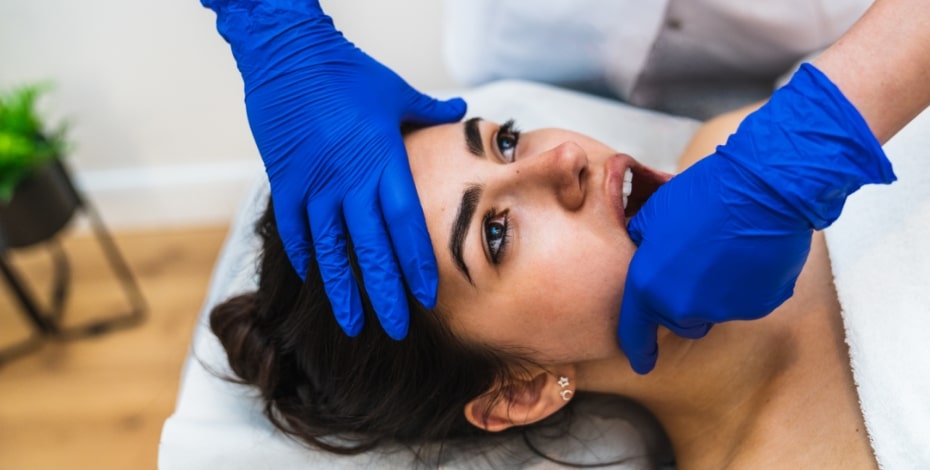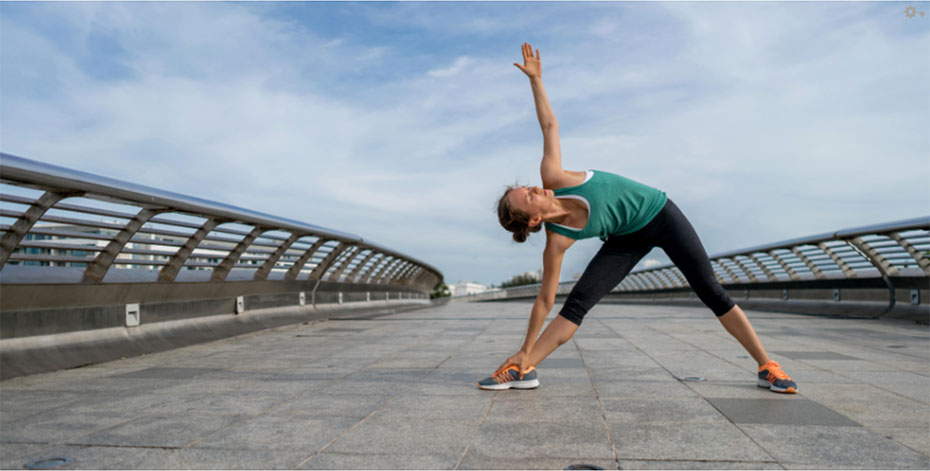
Physical challenges for women in sport

Women in Sport is the theme of the 2018 Victorian Branch End of Year Breakfast, with four experts sharing insights from their areas on the challenges female athletes may face.
APA Sports Physiotherapist and director of the La Trobe Sport and Exercise Medicine Research Centre Professor Kay Crossley; sports and exercise physician Dr Susan White, FACSEP, FASMF; and leading pelvic floor physiotherapist Shan Morrison, FACP, will each talk about their area of expertise before joining for a panel discussion about the issues and injuries that may affect women playing sport, as well as approaches for treatment.
Jane Rooney FACP will facilitate the new-look breakfast session and present recommendations from her Churchill Fellowship in which she investigated contemporary conservative programs for anterior cruciate ligament (ACL) injury management in seven countries, including Australia.
All four say being and staying active is important to every person’s health; however, some physical challenges are omnipresent for women, regardless of their athletic prowess. These include, but are not limited to, incontinence, knee injury or stress fractures exacerbated by hormones or bone density. Focusing on women in sport is equally important for those wanting to stay active and the health professionals who may need to treat them, they say.
‘There are some specific differences in hormonal response, anatomy and biomechanics that affect the injury rates and potential health effects on exercising women,’ Dr Susan White says. ‘Much of the research in exercise medicine has traditionally been in males, so it is important to consider these differences and ensure ongoing research and treatment advice does cater for both male and female athletes.’
As an expert in the treatment and management of all types of knee injuries, Jane Rooney, a Specialist Sports Physiotherapist (as awarded by the Australian College of Physiotherapists in 2009), says women outweigh men in ACL injury. ‘Across the board, women, at the same level of exposure, have a greater risk of ACL injury. Keeping people heathy and active is important on many levels, so it’s important we highlight any challenges that may stop women from achieving this.’
Paralympian Madeleine Hogan, who has had two ACL reconstructions, will highlight the athlete’s experience of recovering from injury, particularly in relation to shared decision-making.

Dr Susan White: Stress fractures in female athletes—does the pill help?
With a long and distinguished history in Australian sport, Susan has provided medical services to numerous elite athletes and intimately understands the workings of the human body when under the extreme pressure of high-level sport.
She has travelled with and treated paralympians, the Victorian Institute of Sport rowing squad, and national swimming and netball teams (including the Australian Netball Diamonds). She was medical director for the Australian team at the Youth Olympic Games in Singapore in 2010 and deputy medical director for the entire Australian Olympic Team at the 2012 London Olympics.
As a sport and exercise physician, Susan is a medical doctor with specialist training in the management of sports injuries and illnesses. She works with a range of patients at Olympic Park Sports Medicine Centre and has a special interest in pregnancy and exercise. She was a member of the national panel and working group that devised the SMA Benefits and Risks of Exercise during Pregnancy statement in 2003 following Netball Australia’s ban on pregnant netballers.
Her presentation will outline the relationship between bone stress injuries, female hormones and bone density.
‘All exercising people can develop bone stress that becomes symptomatic, but females have the additional concerns around hormones and bone density and its relationship to stress fractures,’ she says, adding that all physiotherapists could gain knowledge from the Women in Sport session.
‘So, they can understand this relationship and help in provide accurate advice on bone stress causation and management.’
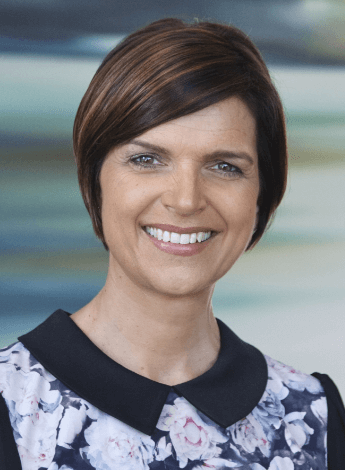
Shan Morrison: Incontinence and sport
Shan, a Specialist Women’s, Men’s and Pelvic Health Physiotherapist (as awarded by the Australian College of Physiotherapists in 2009), describes her topic as the unspoken ‘silent epidemic’ affecting women in sport.
This is despite recent research from fellow APA physiotherapist Naomi Gill citing one in three females experiencing bladder problems when playing one of Australia’s most popular sports, netball. Each year Shan’s Melbourne practice, Women’s & Men’s Health Physiotherapy, sees more than 4500 new patients (men and women) with pelvic floor dysfunction. Although common, urinary incontinence and pelvic floor dysfunction are under-reported and under-treated in sportswomen, and are barriers to some women being physically active.
‘Women in sport doesn’t get talked about enough, but the population that I see, which is women who have urinary incontinence and pelvic floor dysfunction while participating in sport, is even less talked about. So, it’s very much a silent epidemic,’ Shan says.
‘We see a massive embarrassment factor in the general population but more so in sport as women who participate in sport are meant to be seen as strong … they get injuries and are happy to talk about a hamstring injury or knee pains but we find women put up with incontinence for far longer than any musculoskeletal injury before they seek help.’
Shan says most sports involve high levels of intra-abdominal pressure that creates a downward force on the pelvic floor. When the pelvic floor muscles are functioning optimally, they contract to oppose the downward pressure, supporting the pelvic organs. However, repetitive jumping, landing or running can result in higher pressures that can lead to stretching and eventual weakening of the pelvic floor tissue. If a woman has experienced pregnancy or childbirth, the effect of intra-abdominal pressure is even more significant.
‘Parous women are a little bit more likely to report it because they have had discussions during their pregnancy and post-natal about the pelvic floor, but there is a much higher prevalence amongst nulliparous women, especially those participating in repetitive, high-impact sports.
‘We know these symptoms have a negative impact on quality of life, sport participation and performance, [but] it’s scary how high it is in women who haven’t had children. They are less likely to seek treatment as they would think that they have nothing wrong with their pelvic floor.’
Informing attendees on the prevalence and statistics of women experiencing symptoms, including how likely they would be to share such information with their physiotherapist, Shan’s presentation will also explore opportunities to screen patients and highlight optimal management (through treatment with a physiotherapist with specialised training).
‘Screening all sportswomen, parous and nulliparous, is important. Physiotherapists are in a great position of trust. Even if our patients feel comfortable talking to us about this, we must proactively ask our female athletes; no topic should be off limits when we treat our patients.’
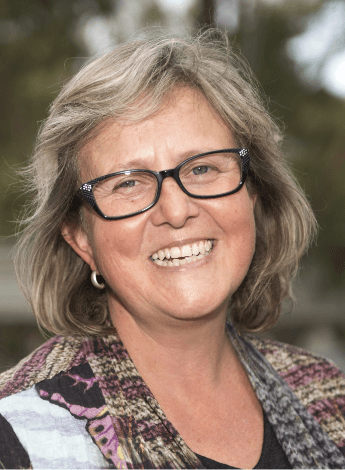
Professor Kay Crossley: ACL injuries in women
Keeping women in sport is a global issue, says Kay, and with research showing women are at a higher risk of ACL injuries than men when playing the same sport, a focus needs to be on injury prevention.
Her team at La Trobe Sports and Exercise Medicine Research Centre is working with the AFL to develop injury reduction and prevention programs for women playing in the AFLW.
Research into player injuries from the AFLW’s first two seasons found the incidence of ACL injuries was much higher for its players than for those in the AFL. In 2017, there were 4.31 ACL injuries per 1000 player hours in the AFLW, compared with 0.7 in the AFL. This year, total ACL injuries increased to 6.47 in the AFLW. Research is ongoing with data being used to develop injury reduction and prevention programs.
‘Women in general are more prone to ACL tears in high-intensity sports and there are a range of factors, including less exposure to training, strength issues and anatomy,’ she says. ‘Women in sport is an important topic for all physiotherapists. Worldwide we should be trying to improve participation in physical activity … we need to provide people with resources to do that and part of that is reducing some of the barriers to playing sport. One of those barriers is fear of injury and being injured. If an ACL is torn, then activity is reduced, and often women are fearful of returning to sport as there is ongoing pain and they are at risk of osteoarthritis.’
Kay will present an overview of ACL injuries within the AFL and an overview of the types of programs that can be implemented to try and reduce the risk of injury ‘to bring the risk for women closer to that for men’.
‘It won’t be fully resolved, but we need to highlight what some of the components of the injury reduction program are, and the importance of actively participating in these programs,’ she says. ‘Physiotherapists being involved in these programs can make a difference; it’s critical for them to be front and centre in this space.’
What: Victorian Branch End of Year Breakfast
When: Friday 23 November, 6.30 am – 9.00 am
Where: Melbourne Park Function Centre
To register and for further information, vistit physiotherapy.asn.au/events contact jason.smith@australian.physio.
© Copyright 2023 by Australian Physiotherapy Association. All rights reserved.

